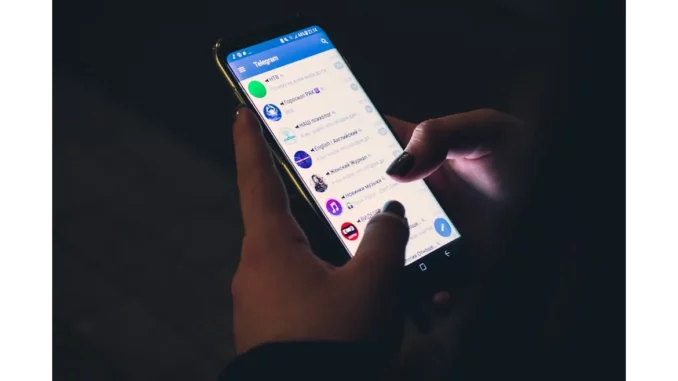
In an age where our entire lives reside on our devices, the need for robust digital security measures has never been more evident. This was the core theme of my recent conversation with Martin Hayes, a cyber security expert who has dedicated his career to educating the public on digital safety. His insights on the significance of using the free encryption tools available on Windows and Apple devices were both enlightening and a call to action for anyone concerned with protecting their sensitive data.
Martin’s journey into the world of cyber security began years ago, fuelled by a fascination with technology and a concern about the increasing frequency of data breaches. “It’s almost like the wild west out there,” he chuckled, noting the ever-evolving landscape of cyber threats. “People often overlook the security features that are literally at their fingertips, and encryption is a big one.”
For those unfamiliar with the concept, encryption is the process of converting data into a code to prevent unauthorised access. It’s a shield, if you will, against cyber attackers who might try to access your data if your device is lost or stolen. Martin likened it to locking a safe. “You wouldn’t leave your house unlocked, would you? So why leave your digital life unprotected?”
One of the most accessible forms of encryption comes pre-installed on most devices. Windows devices, for instance, offer BitLocker, while Apple devices come with FileVault. Both provide a robust layer of security by encrypting the entire drive, making it nearly impossible for anyone without the proper credentials to access the stored data.
Martin shared an anecdote that underscored the importance of using these tools. “I once worked with a small business owner who lost a laptop during a business trip. The laptop wasn’t encrypted, and it contained sensitive customer information. It turned into a nightmare of potential identity theft and financial loss. Had the owner enabled BitLocker, the situation could have been entirely different.”
The process of enabling these encryption tools is surprisingly straightforward, a fact Martin emphasised several times during our discussion. “People often assume that encryption is complicated, but that’s not the case. Both Windows and Apple have made it incredibly user-friendly. It’s just a few clicks, and you’re secured.”
For Windows users, enabling BitLocker involves accessing the system settings, selecting the drive to encrypt, and following the prompts. Similarly, Apple users can activate FileVault through their system preferences with relative ease. “It’s a small investment of time for a massive payoff in security,” Martin noted.
Despite the simplicity, many users remain unaware of these features or underestimate their importance. According to Martin, this is where education plays a crucial role. “We need to bridge the knowledge gap. It’s not just about having the tools; it’s about knowing how to use them.”
Our conversation also touched on the broader implications of failing to secure one’s digital data. Beyond personal inconvenience, data breaches can have far-reaching consequences, particularly for businesses. “A single breach can damage a company’s reputation, erode customer trust, and lead to significant financial losses. It’s not just about protecting data; it’s about safeguarding livelihoods.”
Martin’s passion for his work was palpable, and his message was clear: empowering individuals with the knowledge and tools to protect their data is a critical component of modern life. “We live in an interconnected world,” he said, “and we must all do our part to keep it safe.”
As our interview came to a close, Martin left me with a final piece of advice for anyone hesitant about enabling encryption: “Don’t wait for a security scare to make a change. Be proactive. Turn on those encryption tools and take control of your digital security today.”
In an era where our personal and professional lives are increasingly digital, protecting our data is not merely an option; it’s a necessity. Martin’s insights serve as a timely reminder of the power we have at our fingertips to shield our information from prying eyes. So, take a moment to activate those built-in encryption tools on your devices. In doing so, you’re not just protecting data; you’re safeguarding your digital future.
Lilianna Stolarz

